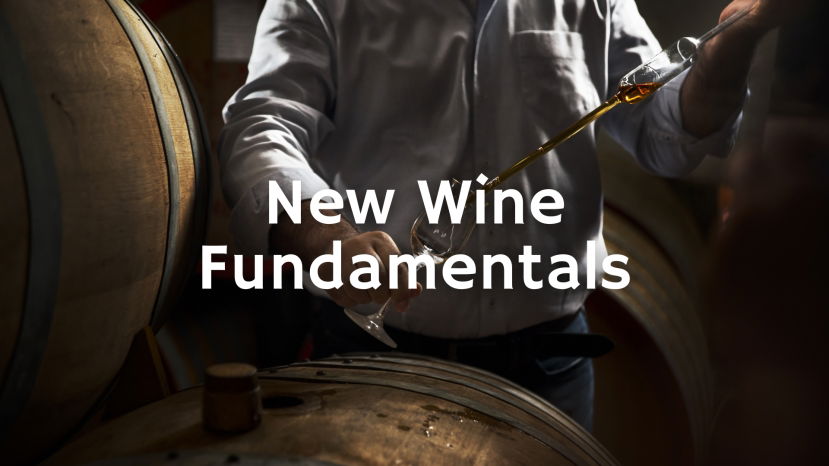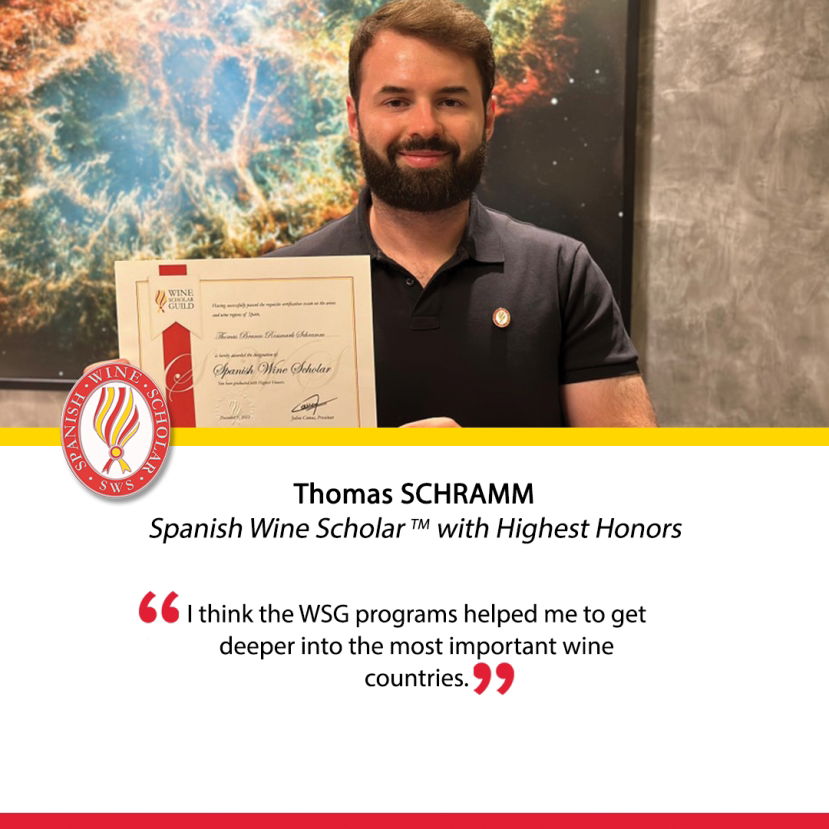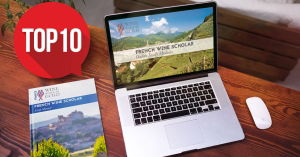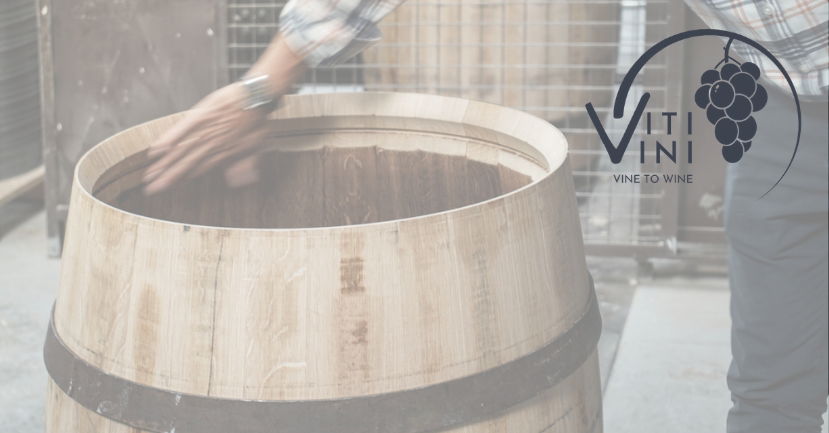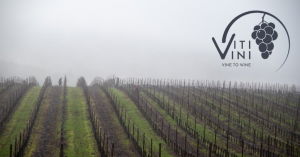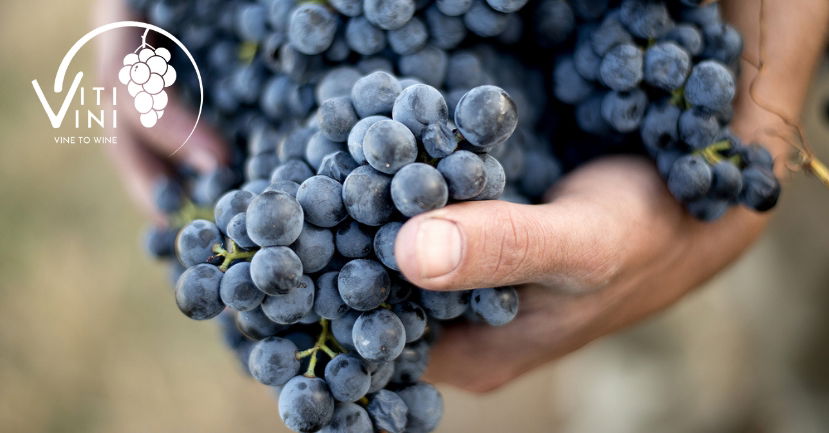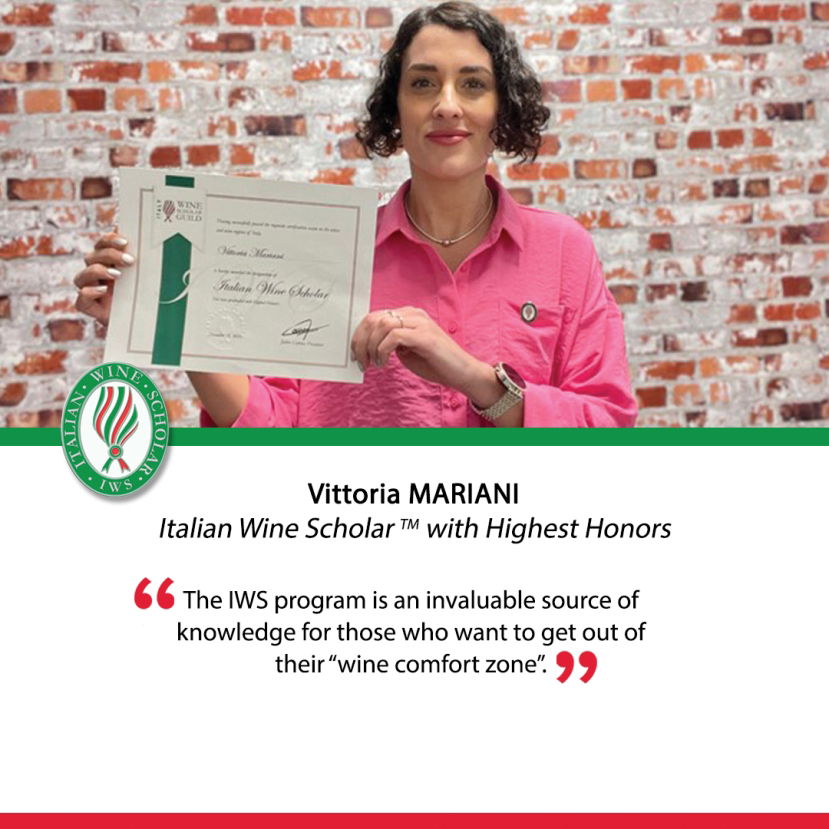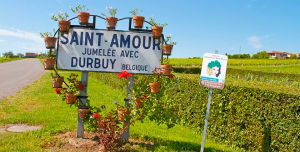BLOG
wine education
Summary:
The New Wine Fundamentals program is presented by Master of Wine Tim Hanni. This new approach stresses deepening our understanding of the factors that influence consumer wine preferences, attitudes and behaviors.
His new book, "Why You Like the Wines You Like, changing the way the world thinks about wine" is a revolutionary, myth-busting approach to wine and food enjoyment
WSG is proud be the first Educational Partner of The Old Vine Conference. Read more to find out how this dynamic non-profit organization is actively creating a global network of old-vine disciples while raising awareness through education.
Taurasi, Southern Italy’s greatest red wine, has enjoyed a spectacular and highly distinctive history. The wine is capable of extremely lengthy cellaring, as examples from the 1940s and 1950s prove even today; in fact versions from the 1928 and 1934 vintages are still
In a world where wine has evolved from a drink to a culture, understanding what’s in your glass goes beyond mere taste—it’s about appreciating the stories, landscapes and craftsmanship behind each label.
Congratulations to Thomas Branco Rossmark Schramm, SWS, for achieving highest honors in the Spanish Wine Scholar exam with Celebrare, Brazil.
About Thomas:
I have always been a wine enthusiast. Since I was a young man, I liked to learn and understand about beverages
Thinking about signing up for the French Wine Scholar program? Be inspired by what our students are saying about the program and the top ten reasons they give for enrolling.
Some of the most exciting opportunities within the job market lie within the wine industry. They represent careers which span a remarkably diverse range of talent which among them include winemaking, marketing, consulting, journalism, chemistry, and software development. It is no secret that the recent pandemic has played a very pivotal role in the landscape of the job market. This has been especially true where
A new German wine law requires coming to grips with not one complex system, but three.
German wine classification is vexing: impeccably precise yet notoriously inscrutable — and bifurcated at that. The good news? Germany's national classification system was recently reformed to improve clarity and transparency. The bad? Those reforms do not take full effect until 2026. So, for now, students of German wine must master not one complex classification system, but three. With all this in mind, here is a short guide to the long story of how Germany classifies its wines. Strap in!
Zaza Kbilashvili's workshop lies in the village of Vardisubani, a short distance west of Telavi, the cultural centre of Kakheti wine country in Eastern Georgia. From the outside, Zaza’s home might seem unassuming, but once through the gate, its rustic yet elegant and bucolic appeal unfolds. A narrow path leads to Zaza’s workshop in the rear of the main building, surrounded by a lush vibrant garden, blooming flower pots, and an overall warm and inviting atmosphere.
February is still a relatively quiet time in the vineyard. Pruning continues in warm climates while in cold climates it may not begin until March or later. This is primarily due to the risk of winter bud kill. Different varieties have different tolerances for cold. February, in the northern hemisphere, has historically been the coldest month in the calendar year and a cause for worry.
WSG launches “Vine to Wine,” an exciting, new blog series that will chronicle what is happening in the vineyard and in the winery each and every month of the calendar year. Nova Cadamatre, MW and winemaker, will author these authoritative and detailed posts drawing upon her studies (Cornell Viticulture and Enology graduate) as well as her winemaking experience in California, China and the Finger Lakes.Each “Vine to Wine” installment will detail that month’s vineyard and winery tasks with deep dives into a particular grape growing or wine making topic such as pruning methods and training systems or barrel aging and fermentation vessels.The series is designed to give wine students and educators an opportunity to develop or hone their technical savvy.
January is a very quiet time for the winery in the northern hemisphere. It is the in between time when the last vintage is quietly waiting in maturation and the next vintage has yet to start. In cold climates, all eyes are still on the weather to ensure that the depths of winter do not bring damage to the dormant buds. The buds hold the entire shoot and cluster primordia (more on this in February’s post) for the new vintage and each variety has a different tolerance to the cold… so monitoring the risk of damage is very important.
In October, most areas of the northern hemisphere are in harvest and going full out!
Many white varieties finish in early October. Although some reds (particularly early-ripening Pinot Noir) may have started harvest in September, generally, October is the month when most red varieties are picked.
In September’s post, we explored the harvest parameters for white grapes. The factors that a winemaker considers when picking red grapes are similar… flavor, acid, sugar, etc. However, there are two key harvest parameters that are more important (and impactful) for reds than whites: tannin ripeness and anthocyanin accumulation (color).
Earlier last month, I ran my first webinar for Wine Scholar Guild (WSG) — an overview of what it means to be a wine journalist and what it takes to turn this into a viable and successful career choice. Ahead of a series of stories I’m going to be regularly writing for the blog and a brand-new podcast due to launch later this year (more on this further down), the webinar’s topic was the ideal means to introduce myself to the WSG audience.
Congratulations to Vittoria Mariani, IWS, for passing the Italian Wine Scholar exam with highest honors!
About Vittoria:
Born and raised in Napoli, in the sunny southwest coast of Italy, Vittoria moved to Amsterdam 9 years ago to complete her
It is almost here. That wonderful day in March that wine lovers all over the world anxiously wait for every year. Thousands gather for jubilant festivities of the wines of Beaujolais. No, my calendar does not need adjusting. November’s annual harvest fete known as Beaujolais Nouveau Day is a distant memory by the time the real stars of this French wine region are allowed to be released to adoring fans. Though you would be correct if you said I was overstating the excitement of the annual release of the crus of Beaujolais (and in actuality most are aged longer than laws dictate), these are wines worth celebrating.
The Crus of Beaujolais are stand-alone AOCs representing the region’s very best vineyard land. These are high-quality wines reflecting individual terroirs and showcasing the great potential of the Gamay grape. Gamay is one the most underrated red grapes and the Crus of Beaujolais provide an incredible value to quality ratio.
There are ten Beaujolais Crus, each named for a village within the growing area. Following in succession, the Crus span approximately 20km/12.5mi of northern Beaujolais. The soils in this part of the region are largely what makes these places so special. Primarily a mixture of ancient granite and schist, the soils of the Cru areas bring out the best in Gamay. Across the board, these are structured, complex wines with spicy aromas and the potential to age well, but each Cru has its distinctive signature. The following excerpts from our French Wine Scholar® manual describe what makes each Cru special.
Summary:
It's time to shine a light on the dry white wines of Bordeaux. Often overshadowed by the region’s famous reds, these wines deserve more attention. From the polished, subtly oaked Sémillon and Sauvignon blends of Graves to the fresh and vibrant Sauvignon Blancs of Entre-Deux-Mers - and beyond - there is so much to discover. French Programs Director
WSG is proud be the first Educational Partner of The Old Vine Conference. Read more to find out how this dynamic non-profit organization is actively creating a global network of old-vine disciples while raising awareness through education.
The economic and social relevance of old vines is real, but the structure of the global wine industry stacks the odds against the regenerative commercial viability of old vines. The result is that healthy old vineyards of cultural resonance and unique qualitative potential are lost because they can’t be made to pay.
The Old Vine Conference is a non-profit organisation whose aim is to bring together a global network to create a new category for wine from heritage vineyards. The Old Vine Conference works to safeguard old vines of cultural and ecological value by connecting, educating and inspiring the global wine industry through conferences, research, partnerships, tastings and fieldtrips.
Old vines are officially a thing.
Bordeaux is France’s largest appellation and largest producer of AOC wine! It has been exported since the Middle Ages. In fact, its inland port with its historic and stately, stone warehouses, is a UNESCO World Heritage Site!
The region has been tracked with regard to vintage year for its entire history. Collectors speak in terms of Moueix and Derenoncourt, of Thunevin and Maltus as avid fans speak of their favorite athletes. Even non-wine drinkers have heard of Châteaux Mouton, Lafite, Latour, Margaux and Haut Brion!
From April 16-21, 2023, Wine Scholar Guild will land on the shores of southern Spain to host a special session of our internationally-recognized Spanish Wine Scholar® study and certification program in the beautiful coastal town of Málaga. If the spectacular weather and roughly 112 miles/180 kilometers of coastline are not enough to entice you, then consider some of the other top reasons to visit and study in one of Spain’s most beautiful cities. See more about this unique opportunity to study Spanish wines with WSG in Spain here.
What happens when the very act of tasting wine no longer keeps pace with the wines themselves? What if the way we teach tasting is no longer fit for purpose—not for students, not for wines and certainly not for the future of wine culture?

